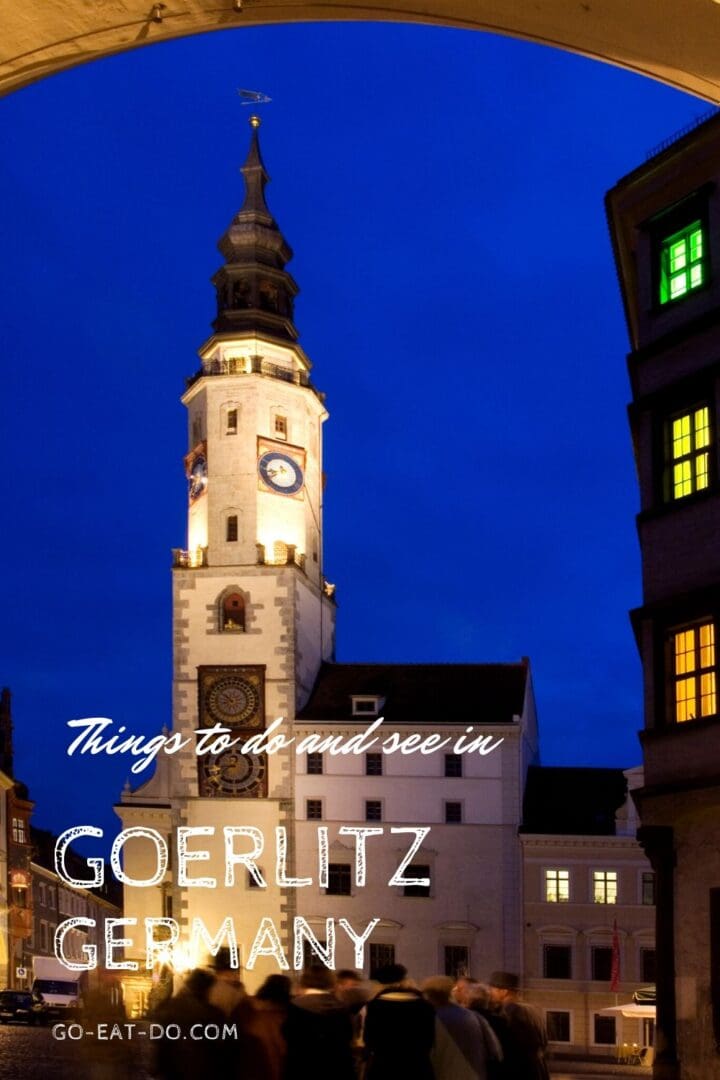Stuart Forster provides an overview of things to do in Görlitz, Germany, the country’s most easterly city.
Disclosure: Some of the links below and banners are affiliate links, meaning, at no additional cost to you, I will earn a commission if you click through and make a purchase.
The Grand Budapest Hotel in Görlitz
If you’ve seen films such as The Grand Budapest Hotel, The Reader or Inglourious Basterds then you’ve already caught glimpses of Goerlitz. Some of the scenes that appear in those movies were filmed in Germany’s most easterly city. So too was Around The World in 80 Days, starring Jackie Chan.
You know a city has a certain something when Hollywood directors start using it as a location. That and the fact Görlitz promotes itself using the strapline ‘for many simply the most beautiful city in Germany’.
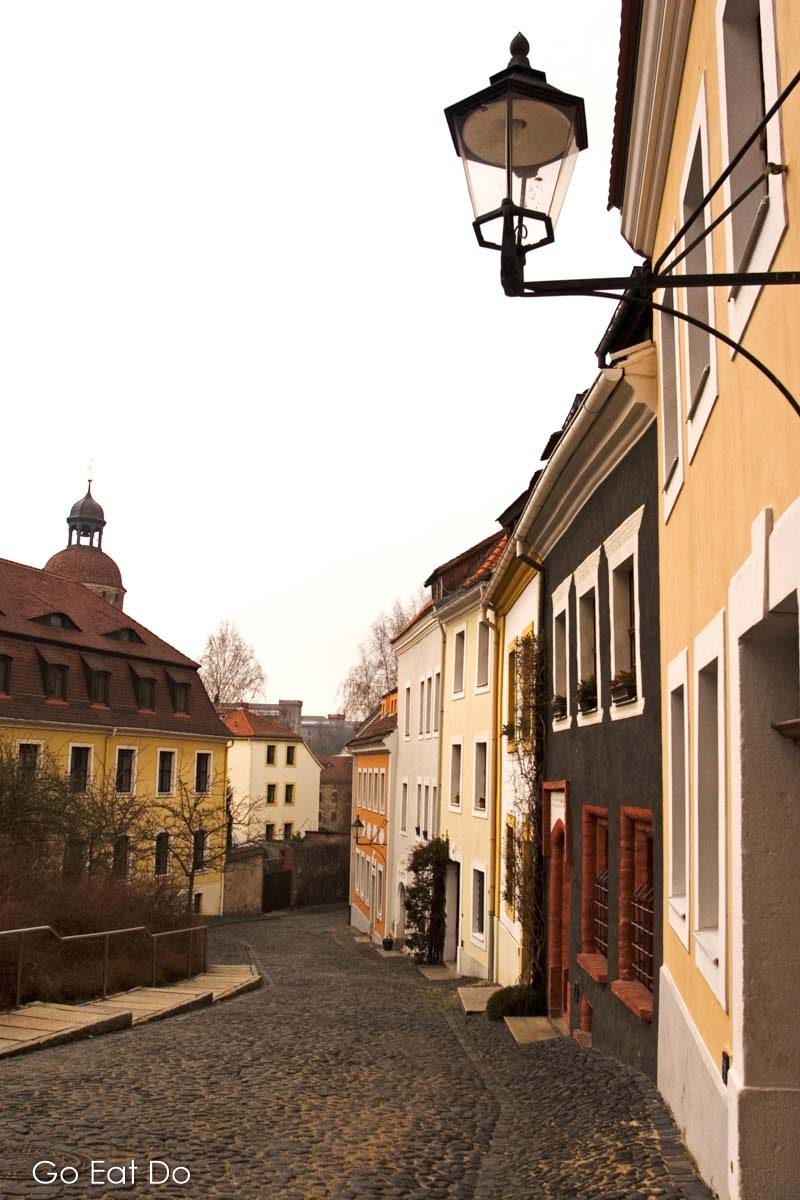
Historic buildings in Görlitz, Germany
The charming streets, cobbled lanes and historic buildings of Görlitz provide backdrops aplenty for movies demanding Old World scenery. In 1945 the city mayor surrendered Görlitz to the advancing Red Army. That saved the Silesian capital from the destruction meted out in most urban areas. Immediately after the war, Görlitz stood as Germany’s most intact city.
Yet it’s taken almost a generation since the fall of the Berlin Wall for tourists to discover the city’s charms. For two generations it lay hidden so far behind the Iron Curtain that part of Görlitz ceased to be German at all. When Europe’s borders were redrawn in 1945 the city was split.
Everything east of the Neisse river became Zgorzelec in Poland. That name went down in history when Otto Grotewohl, the leader of the East German state, and Jozef Cyrankiewicz, his Polish counterpart, came here in 1950 to sign the Treaty of Zgorzelec. That treaty recognised the post-war Polish-German border.
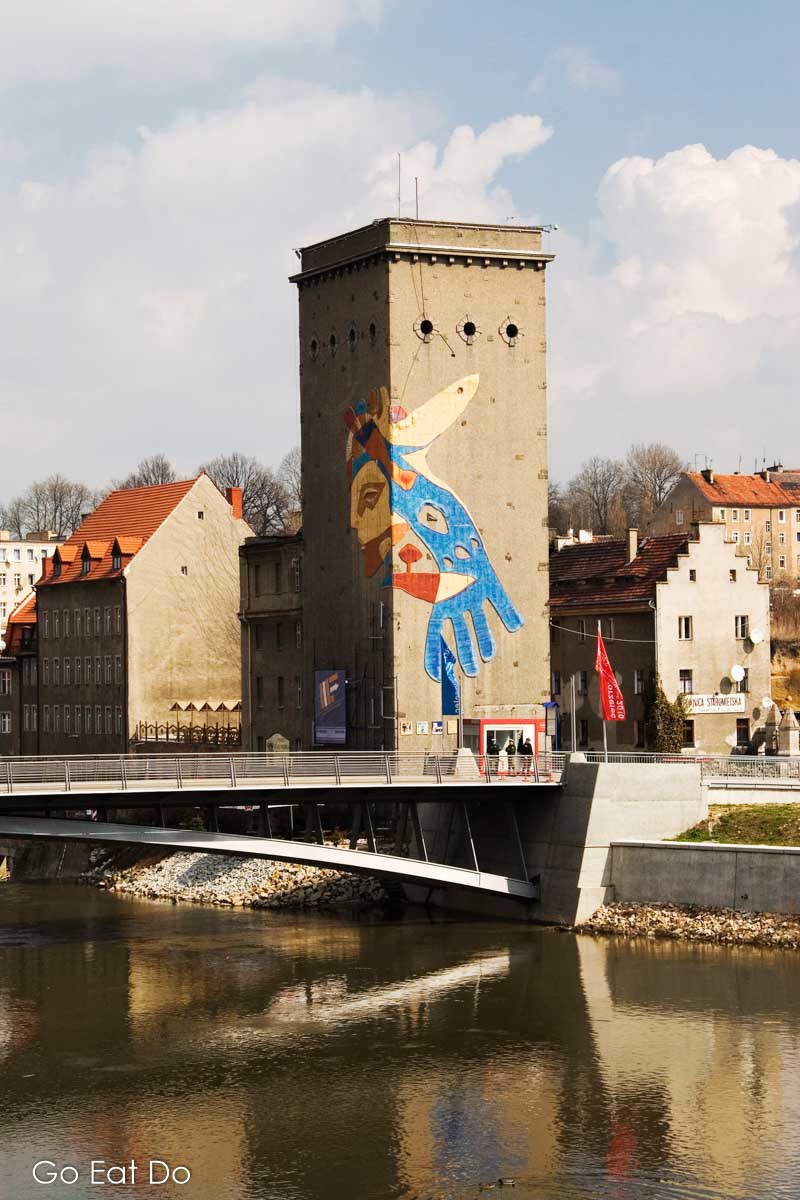
Germany’s most easterly city
These days you can wander over that border to enjoy views of Görlitz’s Altstadt (Old Town). The historic city centre is dominated by the church of St Peter and St Paul reflecting in the Neisse.
These days Germans nip over the border to buy petrol and cigarettes, which are cheaper in Poland. The best pizza restaurant is reputed to be on the Polish side of the border too.
Efforts have been made to foster trust and understanding between the residents of Görlitz and Zgorzelec. The renovated Gerhardt Hauptmann Theater, looks just as it did 150 years ago and holds performances in both German and Polish. Change is afoot here.
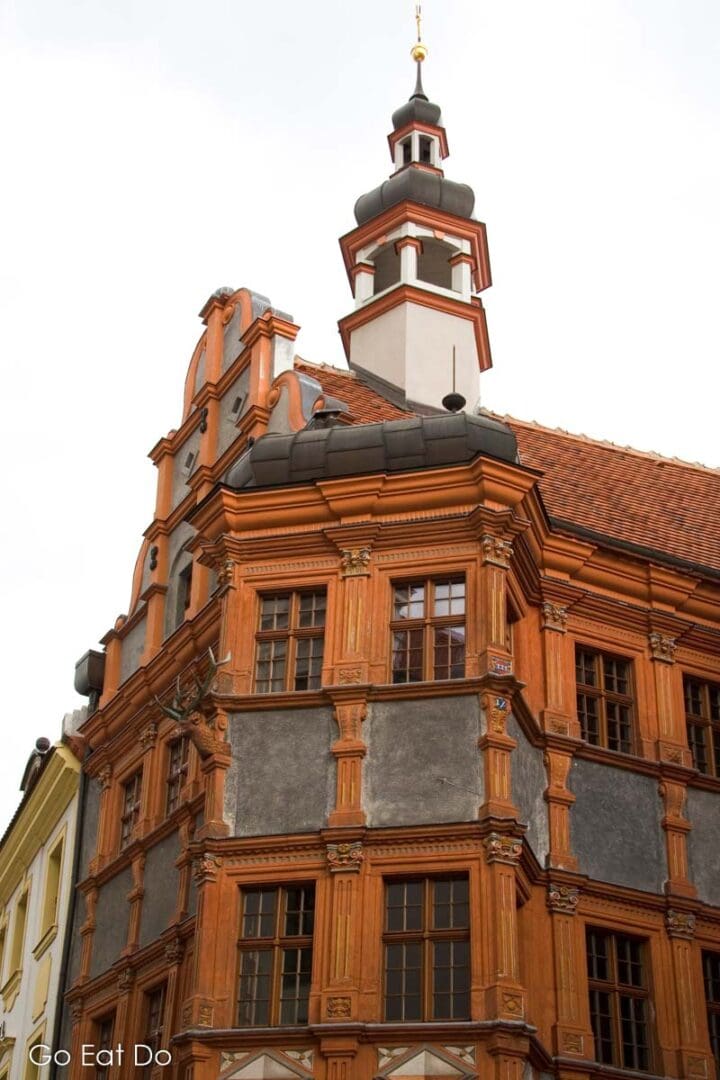
Hotel zum Hotherhor
Gunnar Buchwald in Görlitz grew up during the Cold War and opened the Hotel zum Hotherhor at Grosse Wallstrasse 1 (tel. +49 (0) 3581 661100).
“It’s positive that many buildings within the city have been renovated and that new work has come to the city. But on the downside, many people lost their jobs and then left their homes. We had 72,000 inhabitants before the fall of the Berlin Wall and that has sunk to 56,000. There have been many changes in the past twenty years, there can be no doubt about that,” says Gunnar.
“More people lived in the city then, so, of course, it was livelier – at least in some senses – than it is these days. But it was a very grey and dilapidated city, and by no means was the quality of life high. These days it has been renovated and the atmosphere has changed; the quality of life is much higher. And in those days we couldn’t visit West Germany, nor could head over the river to Poland. That border was also closed,” he adds, pointing out over the Neisse.
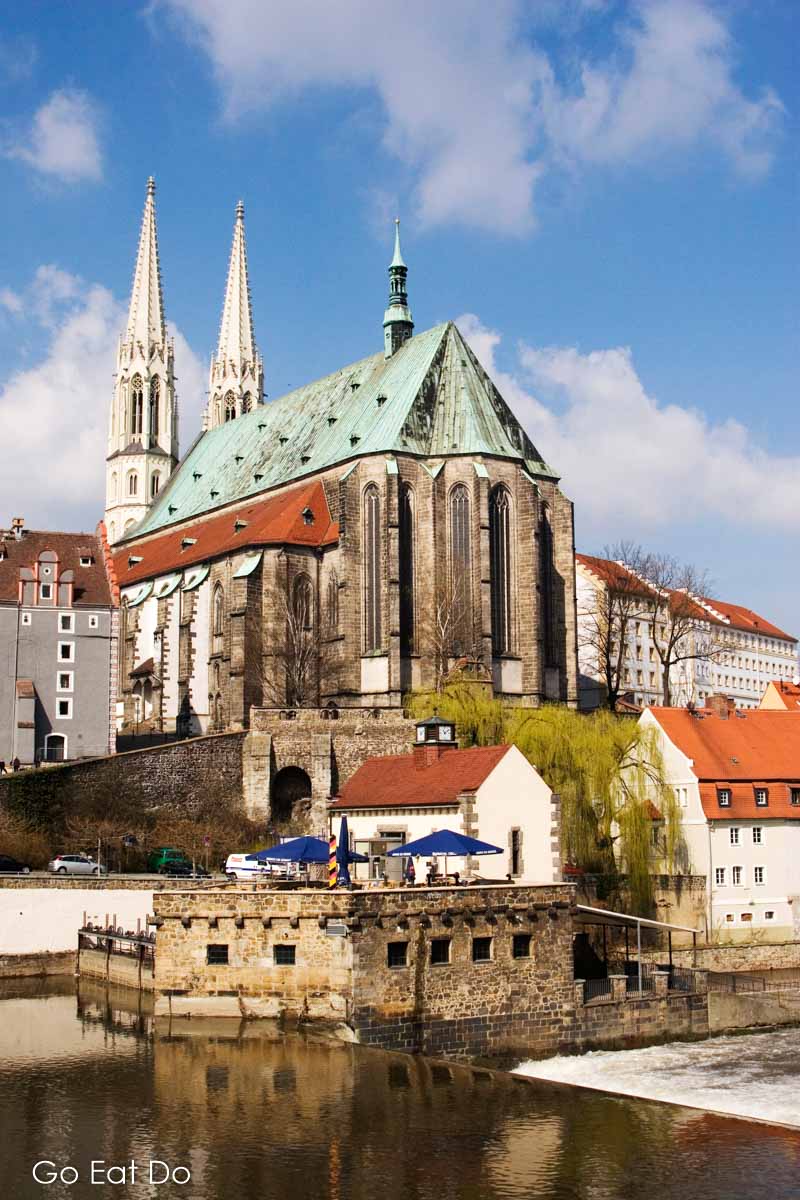
The Görlitz meridian
Few people know Görlitz’s attractions better than Buchwald. For a time he dressed as a medieval night watchman and led tours through the city at 8.00 pm on alternative Friday evenings. His guided tours started bang on time as the fifteenth line of meridian runs directly through the Stadtpark. Locals joke that watches on Central European Time are at their most accurate here in Goerlitz.
“The old town has more than 4,000 historic buildings and memorials. One of them is the Holy Sepulchre, a reconstruction of the one in Jerusalem. They say it looks more original than the thing now standing in Jerusalem,” jokes Gunnar.
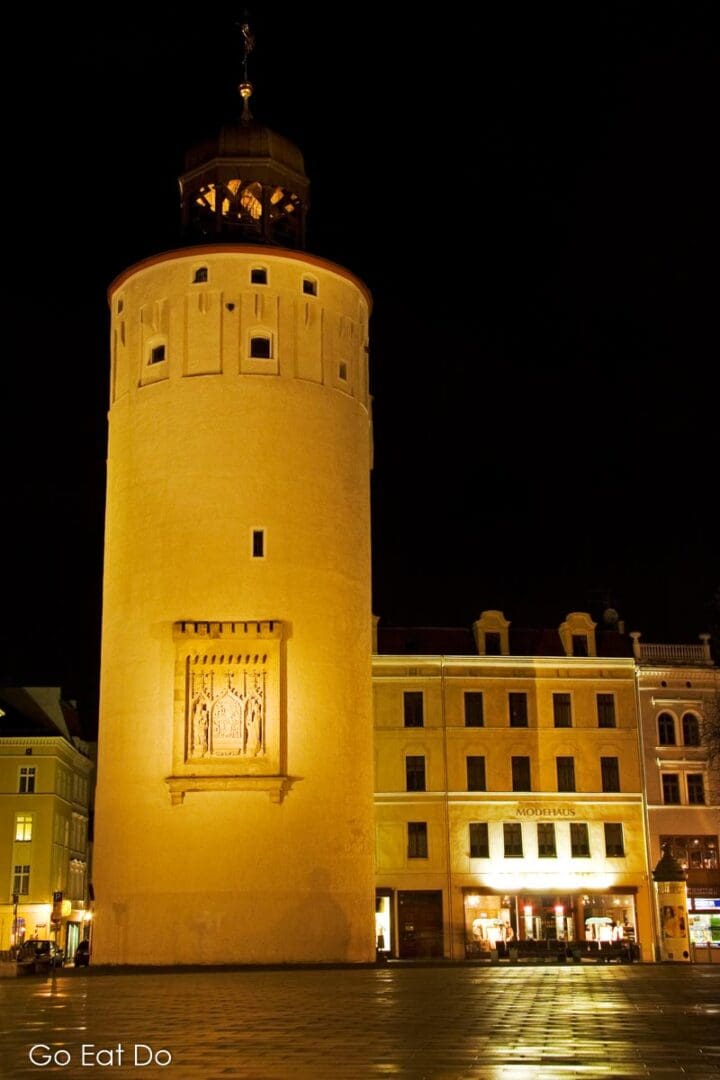
Historic trade routes
In fact, it’s just one of many buildings dating from the late middle ages, when Görlitz’s merchants made their fortunes by trading cloth on the Untermarkt (Lower Market). The city stood on the crossroads of the Amber Road, between the Baltic Sea and Bohemia, and the Via Regia, which ran between Spain and Russia. The merchants invested in impressive houses, some of which still exist. Their homes were protected by defensive towers and walls.
Today those towers offer vantage points and photo opportunities for the growing number of tourists. Many combine a visit to Görlitz with trips to Dresden (109 kilometres distant), Berlin (221 kilometres away), and Prague in the nearby Czech Republic.
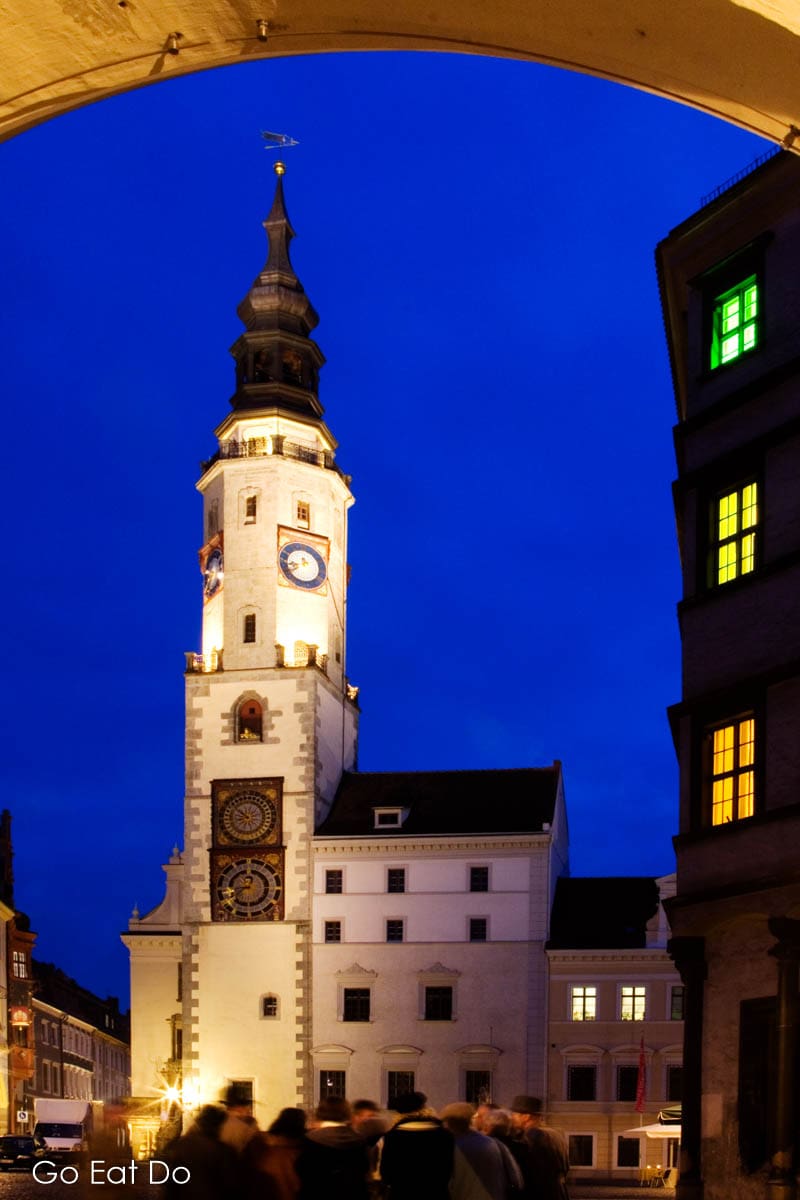
Jakob Böhme in Görlitz
The house and grave of philosopher and theologian, Jakob Böhme, draw many visitors. Böhme lived from 1575 to 1624. His name is sometimes written as Jacob Boehme. He was a mystic who later influenced the German Romantic movement.
Böhme is buried in the Nikolai Cemetery which was extended in 1633 to cope with plague victims.
If you enjoy cultured musings, one of the best times to visit Germany’s most easterly city is during its Altstadtfest (Old Town Festival). The event is usually held in August.
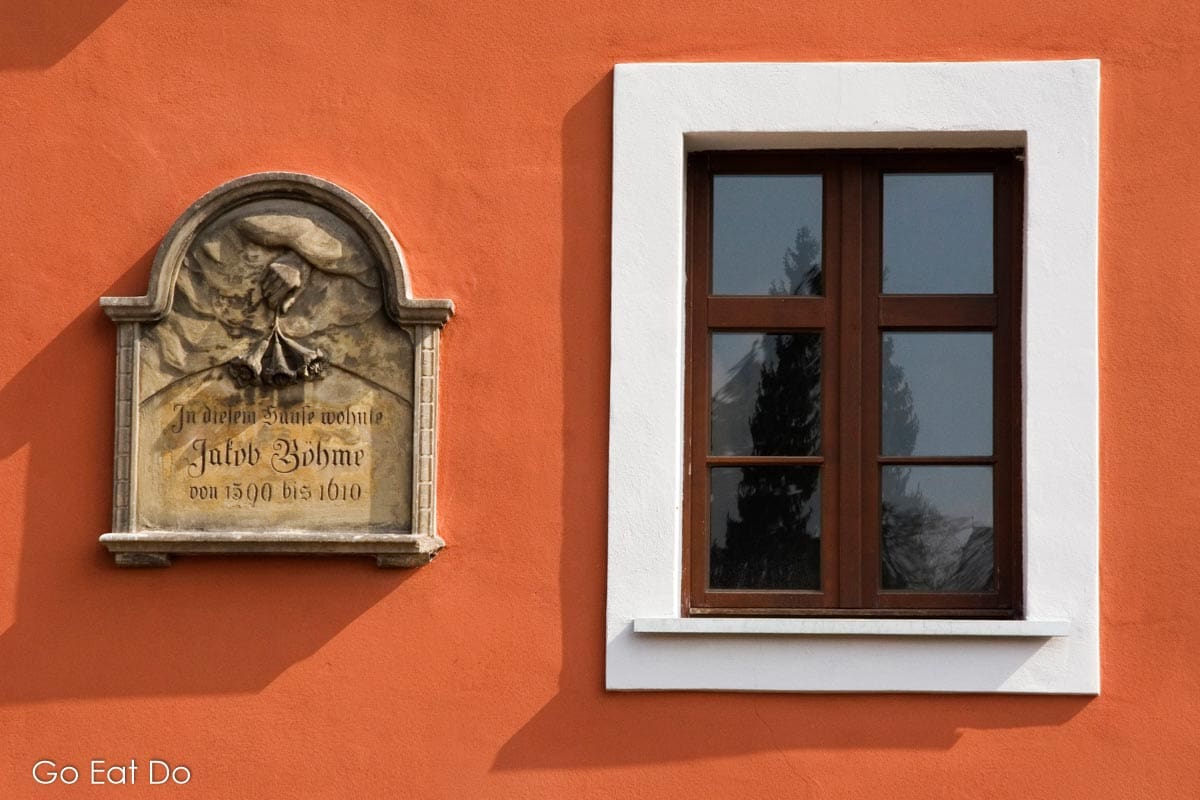
Travel to Görlitz, Germany
Dresden Airport is 85 kilometres west of Görlitz. Driving between the two takes about 70 minutes on the A4.
Görlitz is approximately 216 kilometres (134 miles) southeast of Berlin. Driving on the A13 and B115 takes approximately three hours.
Görlitz station is in the heart of the city. The rail journey to Berlin takes approximately three hours.
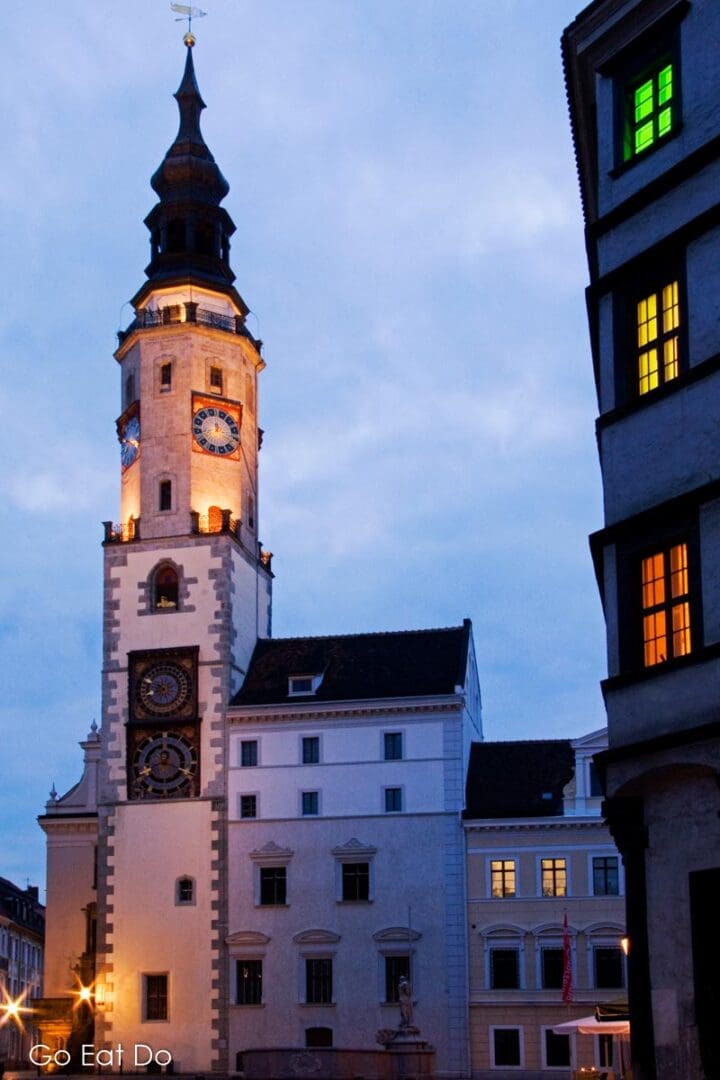
A Görlitz map
The Google Map below shows the location of Görlitz on Germany’s border with Poland.
Hotels in Görlitz
Search for a hotel in Görlitz, Germany, via Booking.com:
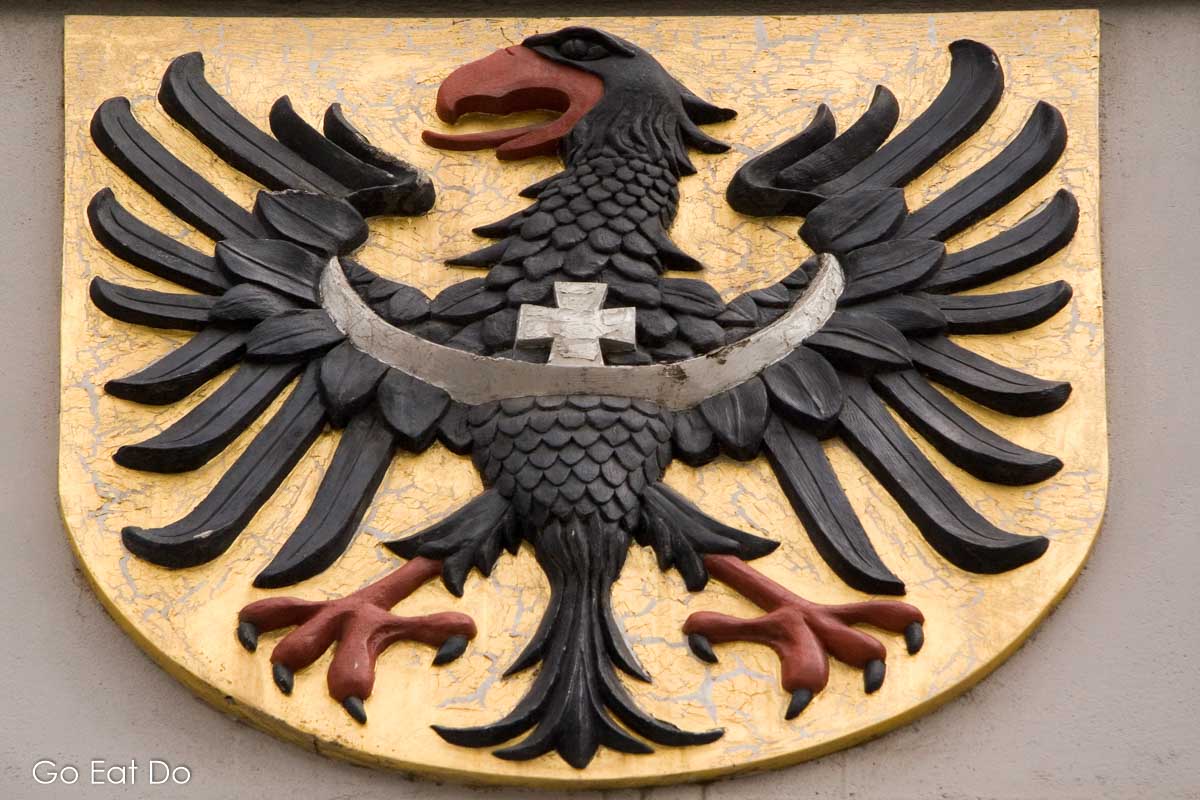
Books about Germany
Planning on visiting Görlitz, Germany? You can buy the following books via Amazon by clicking on the links or cover photos:
The DK Eyewitness Germany guidebook:




Further information
Learn more about the city and the surrounding region on the Goerlitz, Visit Saxony and Cultural Heart of Germany tourism information websites.
For more information on travel and tourism in the country as a whole, see the Germany Travel website.
Stuart Forster, the author of this post, speaks fluent German and has visited Görlitz several times. He is an award-winning travel writer whose work has been published in national newspapers and travel magazines.
Thank you for visiting Go Eat Do and reading this post about Görlitz, Germany’s most easterly city. If you enjoyed this, please read my post on Osterreiten – Easter riding in eastern Germany.
Why not sign up for the free Go Eat Do newsletter? It’s a hassle-free way of getting links to posts on a monthly basis.
Enjoy this post about things to see and do in Goerlitz, Germany’s most easterly city? Here’s a recipe for soljanka, a soup that’s a regional delicacy in Saxony.
‘Like’ the Go Eat Do Facebook page to see more photos and content.
A version of this post was originally published on Go Eat Do in 2013.
